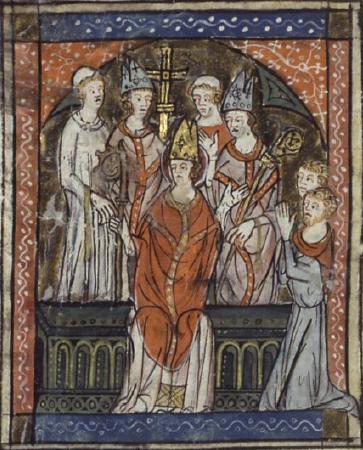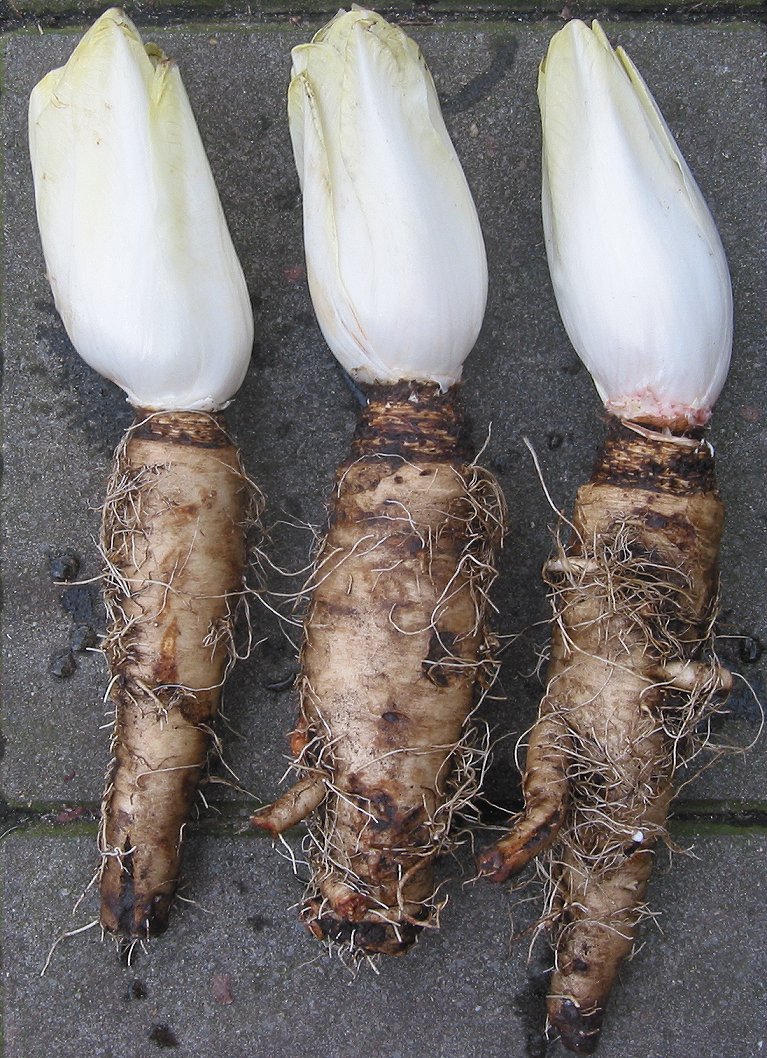|
Marcel Gaumont
Marcel Gaumont was a French sculptor born on 27 January 1880 in Tours. He died in Paris on 20 November 1962. Biography Gaumont was a pupil at the École nationale supérieure des Beaux-Arts in Paris and studied under Louis-Ernest Barrias, François-Léon Sicard and Jules Coutan. He was the joint winner of the 1908 "Prix de Rome" along with Camille Crenier and this took him to Rome's Villa Médicis from 1909 to 1912. He exhibited regularly at the Salon de la Société des artistes français and in 1935 won their gold medal. In 1937 his four Metope (architecture), Metopes won the major prize at the Exposition internationale de Paris. These works had decorated the western façade of the Palais de Tokyo at that exhibition. In 1938 he was made an officer of the "Légion d'honneur". In 1939 he became professor at the École des Beaux-Arts in Paris and in 1944 he was elected to the French Académie des Beaux-Arts taking the chair vacated by Paul Gasq. Works from Gaumont's time ... [...More Info...] [...Related Items...] OR: [Wikipedia] [Google] [Baidu] |
Tours
Tours ( ; ) is the largest city in the region of Centre-Val de Loire, France. It is the Prefectures in France, prefecture of the Departments of France, department of Indre-et-Loire. The Communes of France, commune of Tours had 136,463 inhabitants as of 2018 while the population of the whole functional area (France), metropolitan area was 516,973. Tours sits on the lower reaches of the Loire, between Orléans and the Atlantic Ocean, Atlantic coast. Formerly named Caesarodunum by its founder, Roman Augustus, Emperor Augustus, it possesses one of the largest amphitheaters of the Roman Empire, the Tours Amphitheatre. Known for the Battle of Tours in 732 AD, it is a National Sanctuary with connections to the Merovingian dynasty, Merovingians and the Carolingian dynasty, Carolingians, with the Capetian dynasty, Capetians making the kingdom's currency the Livre tournois. Martin of Tours, Saint Martin and Gregory of Tours were from Tours. Tours was once part of Touraine, a former provi ... [...More Info...] [...Related Items...] OR: [Wikipedia] [Google] [Baidu] |
Saint-Quentin, Aisne
Saint-Quentin (; ; ) is a city in the Aisne Departments of France, department, Hauts-de-France, northern France. It has been identified as the ''Augusta Veromanduorum'' of antiquity. It is named after Saint Quentin, Saint Quentin of Amiens, who is said to have been martyred there in the 3rd century. Administration Saint-Quentin is a Subprefectures in France, sub-prefecture of Aisne. Although Saint-Quentin is by far the largest city in Aisne, the capital is the third-largest city, Laon. Mayors The mayor of Saint-Quentin is Frédérique Macarez, a member of the centre-right The Republicans (France), LR Party. History The city was founded by the Romans, in the Augustus, Augustean period, to replace the ''oppidum'' of Vermand (11 km away) as the capital of ''Viromandui'' (Celtic Belgian people who occupied the region). It received the name "''Augusta Viromanduorum''", ''Augusta'' of the ''Viromandui'', in honor of the emperor Augustus. The site is that of a river ford, fo ... [...More Info...] [...Related Items...] OR: [Wikipedia] [Google] [Baidu] |
Le Blanc
Le Blanc (; ; ) is a commune and a subprefecture of the department of Indre, and the region of Centre-Val de Loire, central France. Geography Le Blanc is the main city of the Parc naturel régional de la Brenne, on the banks of the river Creuse. Population Facilities Near Le Blanc, there is a VLF-transmitter of French Navy. It transmits messages on 18.3 kHz and 21.7 kHz to submerged submarines Climate See also * Saint-Benoît-du-Sault * |
Hôtel De Ville, Tours
The (, ''City hall (administration), City Hall'') in Tours, France houses the city's offices. The building, ornate inside and out, was designed by Tours native architect Victor Laloux and completed in 1904. It was designated a ''monument historique'' by the French government in 1975. History The previous Tours city hall was a four-story neo-classical building at Place Anatole-France and Rue Nationale, one of twin buildings at the landing of the town's Pont Wilson stone bridge. It served as city hall from 1786 to 1904. In the late 19th century, the council decided to commission a more substantial building. Construction of the new building began in 1896. It was designed by Victor Laloux in the Renaissance Revival architecture, Renaissance Revival style, built in ashlar stone and was completed in 1904. Architecture Exterior The main structure, facing the small semicircular green space of the Place Jean-Jaurès, was designed by Victor Laloux. Laloux, a native of the city a ... [...More Info...] [...Related Items...] OR: [Wikipedia] [Google] [Baidu] |
Draguignan
Draguignan (; ) is a commune in the Var department in the administrative region of Provence-Alpes-Côte d'Azur (formerly Provence), southeastern France. It is a sub-prefecture of the department and self-proclaimed "capital of Artillery" and "''Porte du Verdon''". The city is from Saint-Tropez, and from Nice. Name and motto According to legend, the name of the city is derived from the Latin name "Draco/Draconem" (''dragon''): a bishop, called Saint Hermentaire, killed a dragon and saved people. The Latin motto of Draguignan is ''Alios nutrio, meos devoro'' (I nourish others, I devour my own). Geography The elevation is 200 m. The highest hill near Draguignan is Malmont (551 m). The main river near Draguignan is the Nartuby. The city is set in a valley NW-SE, about wide. Climate Draguignan's climate is the same as the normal conditions of the Mediterranean climate. The nights of frost are rare and the negative temperatures occur only a few days ... [...More Info...] [...Related Items...] OR: [Wikipedia] [Google] [Baidu] |
Fontainebleau
Fontainebleau ( , , ) is a Communes of France, commune in the Functional area (France), metropolitan area of Paris, France. It is located south-southeast of the Kilometre zero#France, centre of Paris. Fontainebleau is a Subprefectures in France, sub-prefecture of the Seine-et-Marne Departments of France, department, and it is the seat of the Arrondissement of Fontainebleau, ''arrondissement'' of Fontainebleau. The commune has the largest land area in the Île-de-France region; it is the only one to cover a larger area than Paris itself. The commune is closest to Seine-et-Marne Prefecture Melun. Fontainebleau, together with the neighbouring commune of Avon, Seine-et-Marne, Avon and three other smaller communes, form an urban area of 36,724 inhabitants (2018). This urban area is a satellite of Paris. Fontainebleau is renowned for the large and scenic Forest of Fontainebleau, a favourite weekend getaway for Parisians, as well as for the historic Palace of Fontainebleau, Château ... [...More Info...] [...Related Items...] OR: [Wikipedia] [Google] [Baidu] |
Masnières
Masnières () is a commune in the Nord department in northern France. Population Heraldry History Masnières figured into the 1917 Battle of Cambrai during which time it was briefly captured by the British on the first day of the battle, November 20, and held for twelve days to protect vital bridgeheads between Masnières and Marcoing before the British withdrawal under the weight of heavy German counter-attack. The actions of the battle are commemorated in and around Masnières by several Commonwealth War Graves Commission landmarks in and around the town, including: * Masnières Newfoundland Memorial * Masnières British Cemetery *Marcoing British Cemetery See also *Communes of the Nord department *Marcel Gaumont Marcel Gaumont was a French sculptor born on 27 January 1880 in Tours. He died in Paris on 20 November 1962. Biography Gaumont was a pupil at the École nationale supérieure des Beaux-Arts in Paris and studied under Louis-Ernest Barrias .... Sculp ... [...More Info...] [...Related Items...] OR: [Wikipedia] [Google] [Baidu] |
Arras
Arras ( , ; ; historical ) is the prefecture of the Pas-de-Calais department, which forms part of the region of Hauts-de-France; before the reorganization of 2014 it was in Nord-Pas-de-Calais. The historic centre of the Artois region, with a Baroque town square, Arras is in northern France at the confluence of the rivers Scarpe and Crinchon. The Arras plain is on a large chalk plateau bordered on the north by the Marqueffles fault, on the southwest by the Artois and Ternois hills, and on the south by the slopes of Beaufort-Blavincourt. On the east it is connected to the Scarpe valley. Saint Vedast (or St. Vaast) was the first Catholic bishop in the year 499 and tried to eliminate paganism among the Franks. By 843, Arras was seat of the County of Artois which became part of the Royal domain in 1191. The first mention of the name ''Arras'' appeared in the 12th century. Some hypothesize it is a contraction of '' Atrebates'', a Belgic tribe of Gaul and Britain that u ... [...More Info...] [...Related Items...] OR: [Wikipedia] [Google] [Baidu] |
Villers-Plouich
Villers-Plouich () is a commune in the Nord department in northern France, situated 14 km south-west of the town of Cambrai Cambrai (, ; ; ), formerly Cambray and historically in English Camerick or Camericke, is a city in the Nord department and in the Hauts-de-France region of France on the Scheldt river, which is known locally as the Escaut river. A sub-pref .... Geography The commune of has evolved over time to consist of the main village centre and two separate hamlets: * Beaucamp lies 1.5 km to the west of the village centre, and consists of about twenty dwellings * La Vacquerie lies 2.5 km to the east of the village centre, and contains about 35 dwellings, a church and a cemetery History Church records for the commune date back to the 12th Century, though the regular discovery of tools from the prehistoric period, and of several Gallo-Roman sites in the vicinity suggest much earlier human occupation. By the 19th Century, the village boasted ... [...More Info...] [...Related Items...] OR: [Wikipedia] [Google] [Baidu] |
Flesquières
Flesquières () is a commune in the Nord department in northern France. Heraldry See also *Communes of the Nord department *Marcel Gaumont Marcel Gaumont was a French sculptor born on 27 January 1880 in Tours. He died in Paris on 20 November 1962. Biography Gaumont was a pupil at the École nationale supérieure des Beaux-Arts in Paris and studied under Louis-Ernest Barrias .... Sculpture on church References Communes of Nord (French department) {{Cambrai-geo-stub ... [...More Info...] [...Related Items...] OR: [Wikipedia] [Google] [Baidu] |
Musée Des Arts Décoratifs, Paris
The Musée des Arts Décoratifs (, English: ''Museum of Decorative Arts'') is a museum in Paris, France, dedicated to the exhibition and preservation of the decorative arts. Located in the city’s 1st arrondissement, the museum occupies the Pavillon de Marsan, the north-western wing of the Palais du Louvre. With approximately one million objects in its collection, the Musée des Arts Décoratifs is the largest museum of decorative arts in continental Europe. It is one of three museums operated by the non-profit arts association MAD, founded in 1882. Displays The museum collection was founded in 1905 by members of the ''Union des Arts décoratifs'' ("Union of Decorative Arts"). The architect was Gaston Redon. It houses and displays furniture, interior design, altarpieces, religious paintings, ''objets d'arts'', tapestries, wallpaper, ceramics and glassware, plus toys from the Middle Ages to the present day. The museum's holdings range back to 13th-century Europe. Today's c ... [...More Info...] [...Related Items...] OR: [Wikipedia] [Google] [Baidu] |
Cambrai
Cambrai (, ; ; ), formerly Cambray and historically in English Camerick or Camericke, is a city in the Nord department and in the Hauts-de-France region of France on the Scheldt river, which is known locally as the Escaut river. A sub-prefecture of the department, Cambrai is a town which had 32,501 inhabitants in 2018. It is in the heart of the urban unit of Cambrai with 46,772 inhabitants. Its functional area, a more extensive range, included 94,576 inhabitants in 2018.Comparateur de territoire: Aire d'attraction des villes 2020 de Cambrai (108), Unité urbaine 2020 de Cambrai (59403), Commune de Cambrai (59122) INSEE With |



